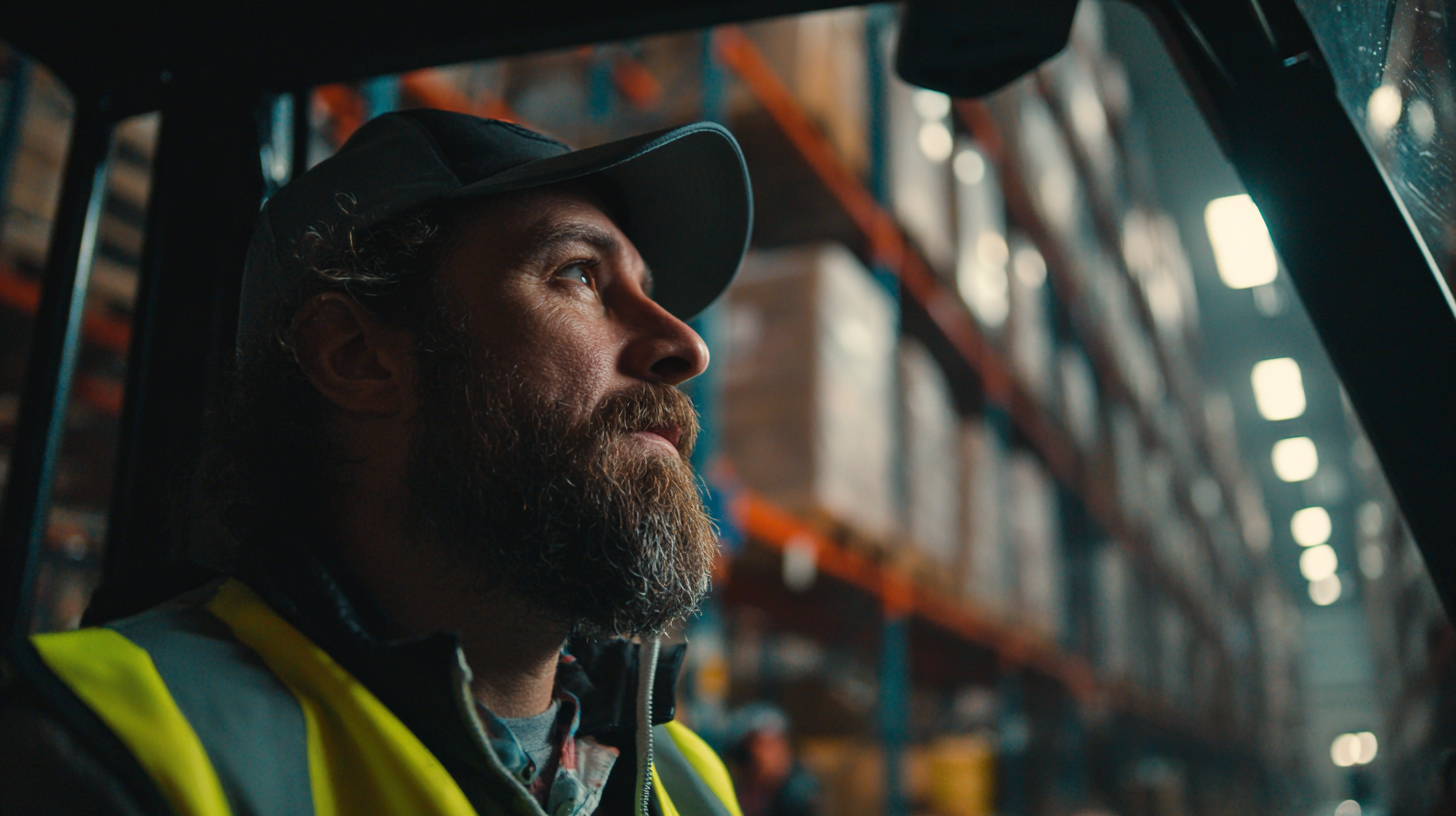Chasing empty pick faces slows everything. Orders pause. Teams scramble. Clarus replaces guesswork with an always-on engine that watches real-time stock and velocity. When levels dip below thresholds, the system raises directed replenishment tasks from bulk to primary. Tasks land on handhelds with clear sources, destinations, and quantities. The result is steadier flow, fewer interruptions, and orders that leave on time.
Set safe minimums and efficient maximums per SKU, location, or customer. Clarus monitors on-hand, allocated, and in-transit to trigger top-ups exactly when needed. Historical demand smooths the signal, cutting avoidable rushes and protecting availability.
Turn bulk stock into ready-to-pick inventory automatically. The system groups tasks by aisle and route, batches compatible moves, and confirms with scans at source and destination. Labour drops. Accuracy rises. Pickers stay productive because faces are full.
As patterns shift, Clarus recommends slot changes and right-sizes face quantities. Fast movers gain frontage near pack. Slow movers step back. Travel time falls and throughput climbs, especially in peak.
Keeping faces topped up reduces short picks and repicks. Orders wave once and flow through pack without exception. Customer promises stay intact and service teams field fewer “where is it” calls.
Directed replenishment touches planning, floor control, and service. With Clarus, the system does the watching and prompting so people can focus on throughput.

Design the rules once and scale them. Set min-max by channel, protect critical SKUs, and prioritise tasks against carrier cut-offs. Directed replenishment stabilises cost-to-serve and makes service levels predictable across every site.

See what needs topping up and where. Tasks are grouped by zone and travel path, with scanner-led confirms and exception prompts. Faces stay ready, picks start on time, and the team spends less time firefighting.

Adjust thresholds from real usage, not hunches. Clarus shows velocity, hits to minimums, and exception history so you can lift service while trimming labour and reserve stock.
Clarus WMS maintains live balances for every location and SKU, tracking on-hand, reserved, and in-transit quantities. Each pick face holds a min/max policy and rotation rule. As orders release and picks consume stock, the engine watches for thresholds. When a face hits its “min”, Clarus generates a replenishment task with the correct pallet or case quantity from the optimal bulk location, respecting FIFO/FEFO or lot controls. Tasks are prioritised by urgency and travel distance, then dispatched to the right truck based on licence and capacity.
Device workflows ensure accuracy. Operators scan the source pallet, confirm quantity, and scan the destination bin. If traffic or access issues arise, the system re-queues the move and offers alternatives to avoid blocking picks. When demand surges, Clarus can automatically add temporary pick faces and keep them fed, then retire them as velocity normalises. Set-up is simple, so teams get value day one and fine-tune over time as data trends emerge.
How does Directed Replenishment integrate with existing systems?
Clarus plugs into your current tech stack via APIs and EDI, but the replenishment logic runs inside the WMS. Orders and inventory updates trigger tasks automatically. Drivers receive instructions on mobile, and confirmations update stock in real time. There’s no extra middleware required to keep pick faces full.
Can we control when replenishments are raised (by product, aisle, or customer)?
Yes. Configure min/max by SKU, family, zone, or customer channel. Add safety stock for key accounts. Use conditions to delay non-urgent moves during peak pick windows or to prefer certain bulk bays for faster travel. These rules keep automation precise and predictable.
What about rotation and compliance requirements?
Replenishment respects FIFO and FEFO as well as lot and serial controls. The task includes the right pallet or case from the right bulk location. Scans at source and destination build a full audit trail for QA and recalls while keeping moves quick and clean.
Will Directed Replenishment cause aisle congestion?
It’s designed to prevent it. Tasks are sequenced by urgency and travel distance, and you can pause or throttle moves by zone during busy waves. If a route blocks, the system re-queues the job and proposes alternates so picks aren’t disrupted.
How quickly can we deploy the basics?
You can start with simple min/max in days. Define pick faces, set thresholds, and go live. As you gather performance data, tune face counts, priorities, and demand windows. The basics are easy to set, and the depth is there when you’re ready.
Who benefits most from Directed Replenishment?
Any operation that breaks down pallets into cases or eaches gains immediately… e-commerce, wholesale, and 3PLs alike. The feature removes manual monitoring, speeds picks, and keeps rotation honest, all while cutting avoidable travel and late-wave drama.